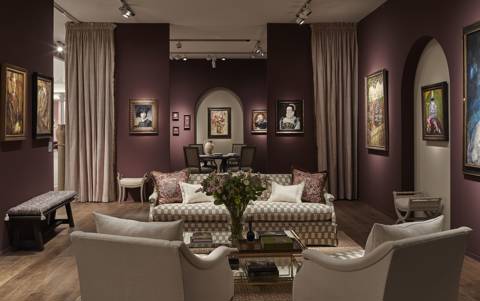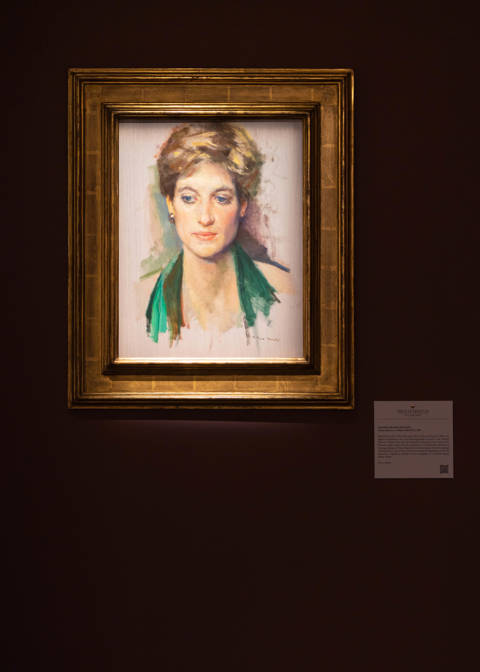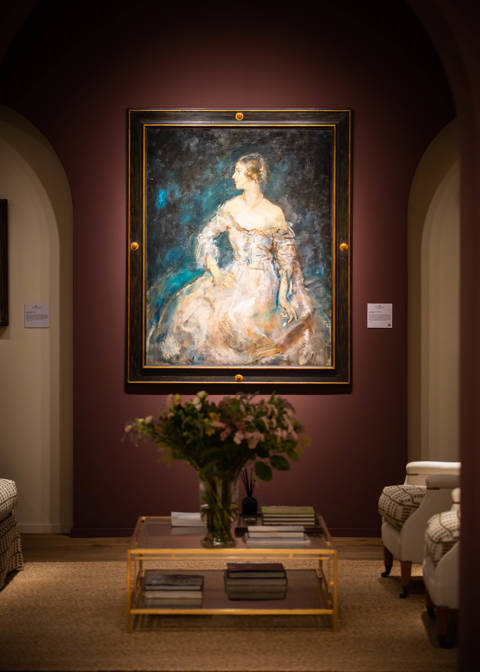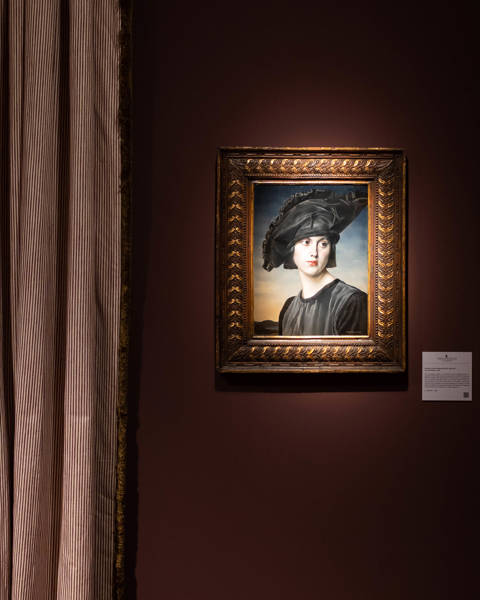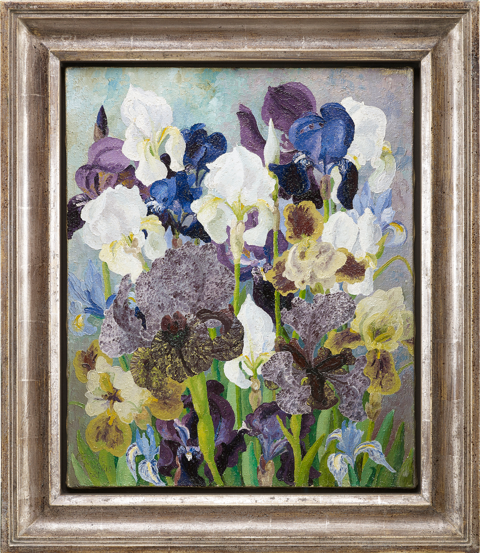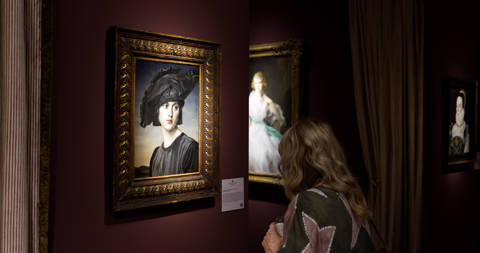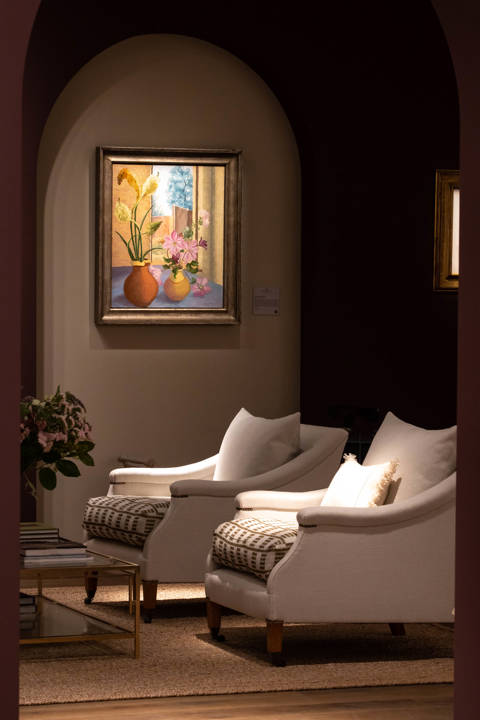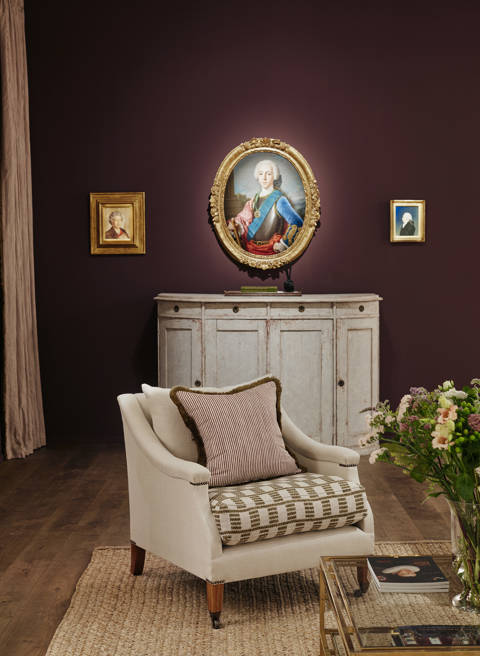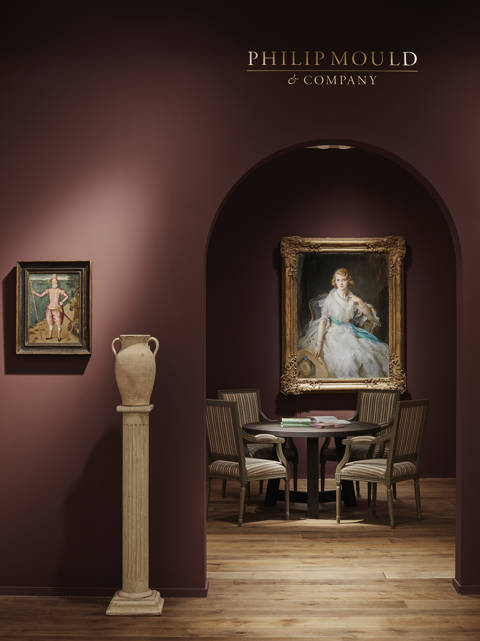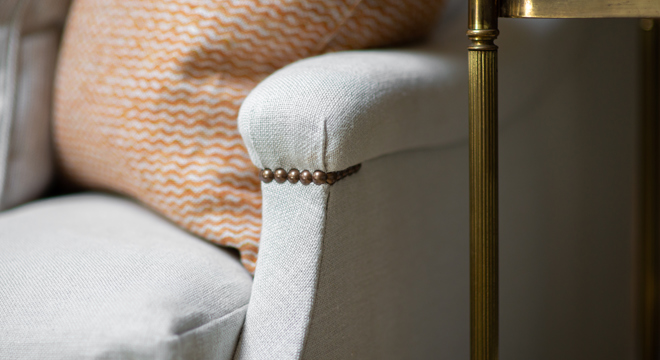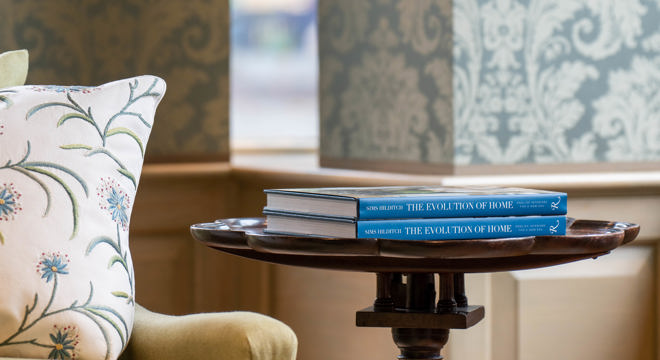Masterpiece 2022: The Highlights
When Masterpiece drew to a close earlier this year, we at Sims Hilditch were left feeling inspired by the range of outstanding artwork presented on the stand that we were privileged to design for Philip Mould Gallery. Here are some of the highlights.
Artwork and Portraiture
From Old Masters to modern artists, the rich colours, elegant lines and creative techniques displayed in the paintings on show helped to inform the design strategy for the stand. Some of the key pieces can be seen below:
An oil on canvas portrait of Diana, Princess of Wales (1961-1997), painted in 1994 by Nelson Shanks.
Having recently been rediscovered at the artist's New York studio, this portrait is an arresting snapshot into the life of Princess Diana at what - for her - was an incredibly turbulent time. Slightly melancholic but breathtakingly elegant, this portrait is a wonderful case study of feminine glamour - the theme for Philip Mould's stand this year. Read more here.
An oil on canvas portrait of Vicomtesse Phyllis de Janzé (née Boyd) (1894-1943), painted in 1926 by Ambrose McEvoy ARA.
Glancing over an exposed shoulder, Phyllis de Janzé is depicted as a defiant and rebellious figure in this portrait, which according to historical sources, seems to be an accurate reflection of her character. Such daring in both the subject of the portrait and the fluid way it has been painted is hugely inspiring from an interior design perspective, facilitating bold decisions in colour, pattern and scale.
An oil on gessoed cradled hardwood panel portrait entitled 'The War Widow', painted c1923 by Gerald Leslie Brockhurst.
Painted in the aftermath of the Second World War, the connotations of this portrait assume tragedy, befitting the name 'The War Widow.'
The balance of traditional and modern expression by the artist is reflected in our approach to designing the stand. The aim was to create a drawing room style space in keeping with the often traditional grandeur of the range of artwork on display, while injecting notes of modern-day glamour into the scheme. Such elements include oversized curtain tie-backs, statement lighting and boldly patterned fabrics and upholstery.
An oil on canvas of May Flowering Irises No. 2, painted in 1935 by Cedric Morris.
Another example of how the use of bold colours in artwork can influence interior design; the striking shades used by Cedris Morris in his oil painting include notes of aubergine, not dissimilar to the colour chosen for the walls of the stand. True to the theme of femininity, the painting itself depicts the artist's favourite subject - Irises. Find out more here.
Art In-Situ
The relationship between art and interiors is vitally important when it comes to the perception of art. The way a portrait or painting is lit, hung and framed all contribute to the aesthetic. See how each piece of art worked in situ as part of our stand in the video below.
